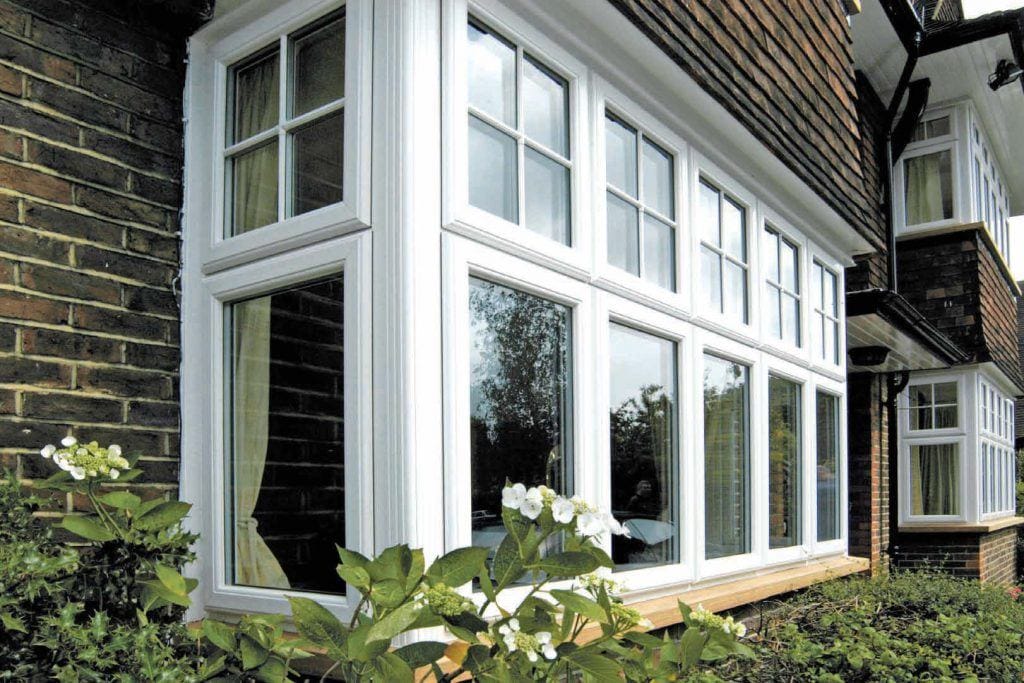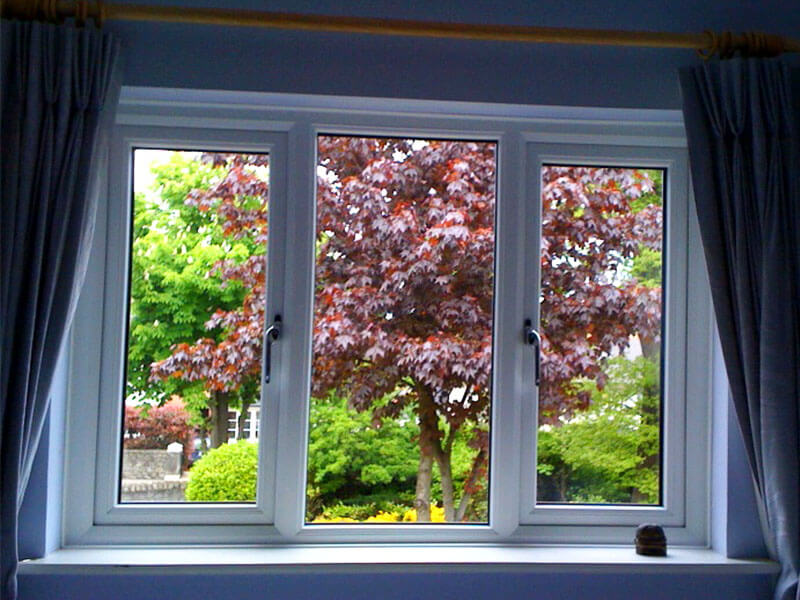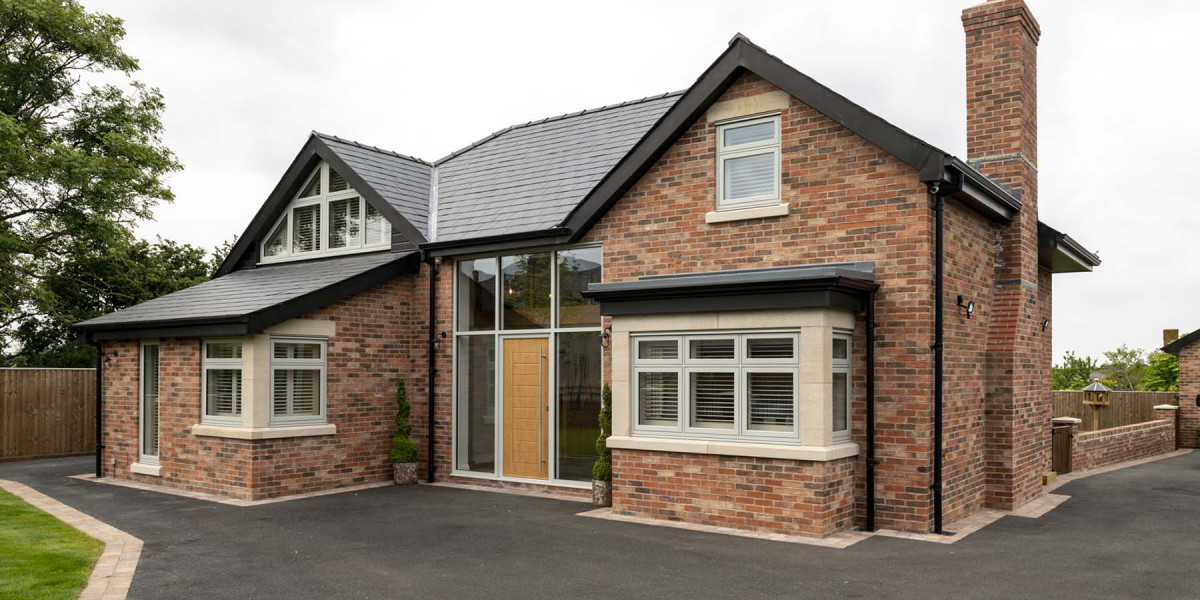Glass balustrades have become increasingly popular in modern architecture and design, offering a unique blend of elegance, functionality, and safety. These transparent barriers are not only aesthetically pleasing but also serve crucial safety roles in various settings, from residential homes to commercial buildings. In this article, we will explore the various aspects of glass balustrades, including their design, benefits, installation, maintenance, and the future trends shaping this innovative architectural feature.
Design Versatility
One of the most compelling aspects of glass balustrades is their versatility in design. They can be customized to fit a wide range of architectural styles, from contemporary to traditional. The clarity of glass allows for unobstructed views, making them particularly appealing for homes with scenic vistas or commercial spaces that wish to maintain an open feel.
Glass balustrades can be framed or frameless, depending on the desired aesthetic. Frameless designs provide a sleek, modern look, while framed options offer additional structural support and can be integrated with various materials such as wood or metal. Additionally, glass can be treated or tinted to provide privacy or reduce glare, further enhancing its adaptability to different environments.
Safety and Regulations
Safety is a paramount concern in any architectural design, and glass balustrades are no exception. They are subject to strict building codes and regulations that ensure they provide adequate protection. When properly installed, glass balustrades can withstand significant forces, making them a safe choice for balconies, staircases, and pool areas.
The strength of the glass itself is a critical factor in its safety. Tempered glass, which is heat-treated to increase its strength, is commonly used in balustrades. Laminated glass, which consists of two or more layers of glass bonded together with a plastic interlayer, is another popular option. This type of glass not only provides increased strength but also ensures that, in the event of breakage, the shards remain attached to the interlayer, reducing the risk of injury.

Benefits of Glass Balustrades
The benefits of glass balustrades extend beyond their aesthetic appeal. Here are some key advantages:
- Unobstructed Views: One of the most significant benefits of glass balustrades is the ability to maintain clear sightlines. This is particularly valuable in properties with stunning views, as glass allows homeowners and occupants to enjoy the scenery without barriers.
- Natural Light: Glass balustrades allow natural light to flow freely throughout a space, creating a bright and inviting atmosphere. This is especially beneficial in interior settings, where light can enhance the overall ambiance.
- Low Maintenance: Compared to traditional materials like wood or metal, glass balustrades require minimal maintenance. Regular cleaning with a glass cleaner is usually sufficient to keep them looking pristine. Additionally, they do not rust or corrode, making them a long-lasting option.
- Enhanced Property Value: The modern and sophisticated look of glass balustrades can significantly enhance the value of a property. Potential buyers often appreciate the contemporary design and the seamless integration of indoor and outdoor spaces.
- Customizable: As mentioned earlier, glass balustrades can be tailored to fit any design requirement. They can be combined with various materials, colors, and textures, allowing for a high degree of personalization.
Installation Process
The installation of glass balustrades requires careful planning and execution to ensure safety and compliance with building codes. It is essential to work with experienced professionals who understand the specific requirements for glass installations.
The process typically involves the following steps:

- Design Consultation: This initial step involves discussing the project requirements, design preferences, and safety considerations with the client. A professional will assess the space and provide recommendations tailored to the specific needs.
- Material Selection: Based on the design consultation, the appropriate type of glass and any additional materials (such as mounting hardware) will be selected. Considerations include thickness, treatment, and whether the glass will be clear, frosted, or tinted.
- Site Preparation: Before installation, the site must be prepared to ensure a secure fit. This may involve measuring and marking the installation area and ensuring that the underlying structure can support the weight of the glass.
- Installation: The installation itself involves securing the glass panels in place using appropriate mounting systems. This step requires precision to ensure that the balustrade meets safety standards and is aesthetically pleasing.
- Final Inspection: Once installed, the balustrade will undergo a final inspection to ensure it meets all safety regulations and design specifications. Any necessary adjustments will be made at this stage.
Maintenance and Care
Maintaining glass balustrades is relatively straightforward. Regular cleaning is essential to prevent the buildup of dirt, grime, and water spots, which can detract from their appearance. A soft cloth or squeegee, along with a suitable glass cleaner, is typically all that is needed.
For outdoor installations, it is advisable to check for any signs of wear or damage periodically, especially after severe weather conditions. Ensuring that the mounting hardware remains secure is also crucial for the ongoing safety and integrity of the balustrade.
Future Trends
As architectural trends continue to evolve, glass balustrades are likely to see further innovations. Sustainable practices are becoming increasingly important in construction, and manufacturers are exploring eco-friendly glass options and production methods. Additionally, advancements in smart glass technology may lead to features such as self-tinting or electrochromic glass, which can change opacity based on light conditions.
In conclusion, Glass Balustrades, look at this site, represent a perfect fusion of elegance and safety, making them an ideal choice for modern architecture. Their versatility, low maintenance requirements, and ability to enhance property value make them a popular option for a wide range of applications. As technology continues to advance, the future of glass balustrades promises even more exciting possibilities, ensuring that they remain a staple in contemporary design.






